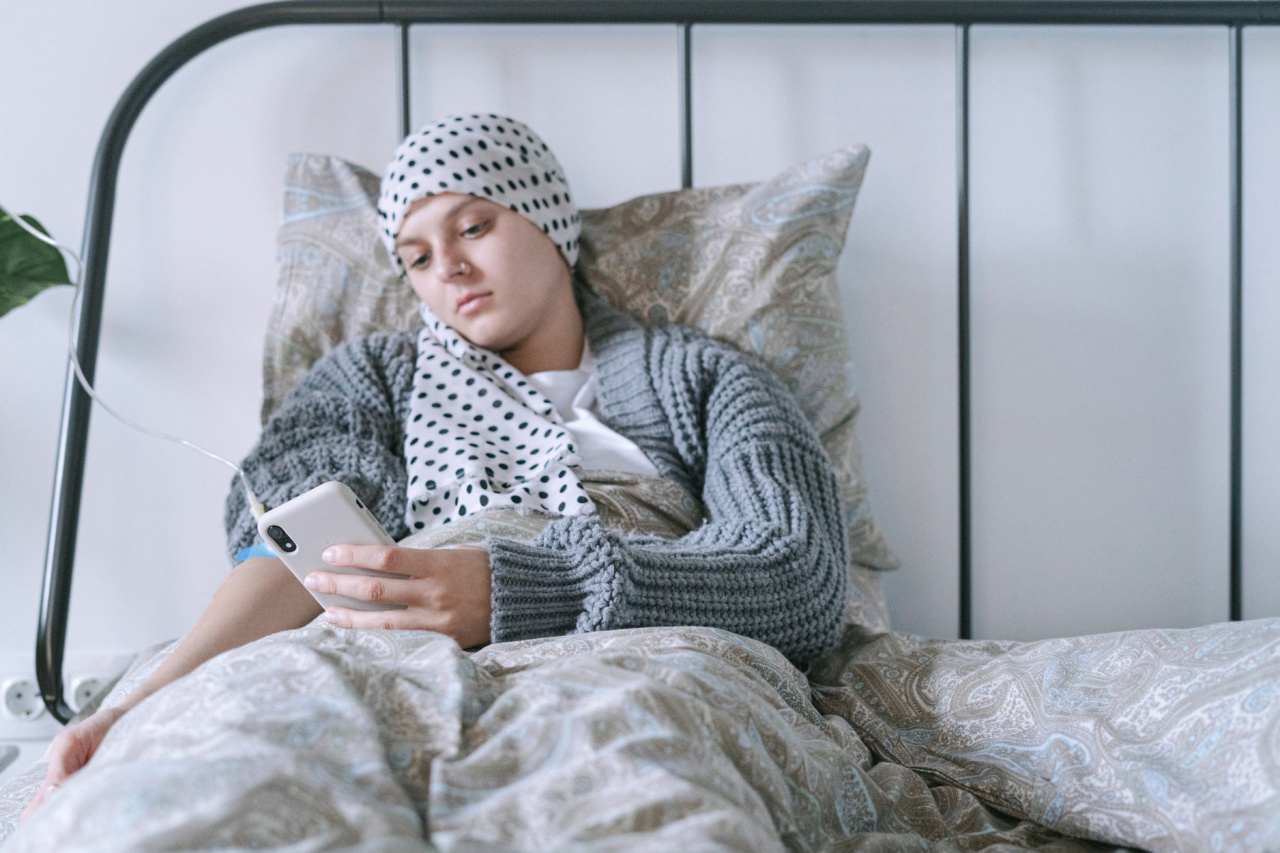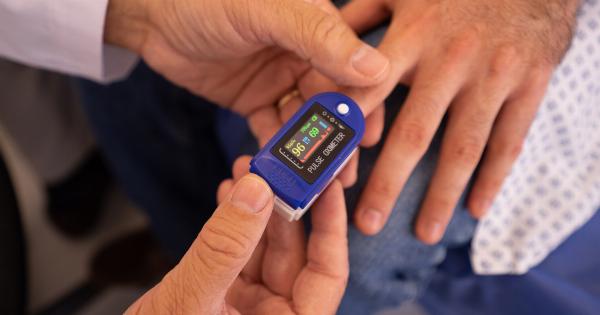Peripheral artery disease (PAD) is a condition that affects the blood vessels outside the heart and brain, primarily those in the legs and feet. It is a common circulatory problem that often affects individuals over the age of 50.
While both men and women can develop PAD, research has shown that women face greater challenges when it comes to recovery and managing the condition. Understanding the reasons behind these challenges can help healthcare providers tailor treatment plans and support women with PAD in their recovery journey.
1. Delayed Diagnosis
One of the primary reasons why women with PAD face greater challenges in recovery is a delayed diagnosis.
Research has found that women are more likely to be unaware of the symptoms of PAD and may attribute them to other causes or dismiss them as a normal part of aging. Additionally, healthcare providers may also be less likely to suspect PAD in women due to the misconception that it predominantly affects men.
This delay in diagnosis can result in the disease progressing to more advanced stages, making treatment and recovery more challenging.
2. Different Symptoms
Another contributing factor to the challenges faced by women in PAD recovery is the difference in symptoms experienced compared to men. Men with PAD typically experience classic symptoms such as leg pain, cramping, and difficulty walking.
However, studies have shown that women are more likely to experience atypical symptoms such as leg heaviness, aching, or weakness. This difference in symptoms can lead to misdiagnosis or delayed diagnosis, further complicating the recovery process for women.
3. Hormonal Factors
Hormonal factors specific to women may also play a role in the challenges faced during PAD recovery. Estrogen, a hormone that declines with age, has been found to have a protective effect on the blood vessels, including those affected by PAD.
As women enter menopause and estrogen levels decrease, the risk of developing PAD increases. Additionally, hormonal fluctuations during the menstrual cycle can also affect blood flow and exacerbate symptoms in women with PAD.
4. Underrepresentation in Research
Women have often been underrepresented in clinical trials and research studies, including those focused on PAD.
This lack of representation can lead to a limited understanding of the condition’s specific impact on women and the effectiveness of treatments. Without sufficient data, healthcare providers may struggle to develop personalized treatment plans to address the unique challenges faced by women with PAD.
5. Social and Cultural Factors
Social and cultural factors can also contribute to the challenges faced by women in their PAD recovery. Women often take up caregiving roles within their families, which can limit their ability to prioritize their own health and recovery.
Additionally, societal expectations and norms may discourage women from seeking medical help or voicing concerns about their health, leading to delayed diagnosis and treatment.
6. Coexisting Conditions
Women with PAD are more likely to have coexisting conditions such as diabetes, high blood pressure, and obesity. These additional health challenges can complicate the recovery process and increase the severity of PAD symptoms.
Managing multiple conditions simultaneously requires a comprehensive and coordinated approach, often involving multiple healthcare providers, which can be particularly challenging for women.
7. Emotional and Psychological Impact
The emotional and psychological impact of PAD can also be more pronounced in women, affecting their recovery journey. PAD can limit mobility and independence, leading to feelings of frustration, anxiety, and depression.
Women may also face body image concerns and experience a significant impact on their overall quality of life. Addressing these emotional and psychological aspects is paramount to support women in their recovery and promote holistic well-being.
8. Barriers to Treatment and Rehabilitation
Women with PAD may face additional barriers to accessing appropriate treatment and rehabilitation services. This can include financial constraints, lack of awareness about available resources, and reduced social support.
These barriers can prevent women from receiving timely interventions, rehabilitation programs, and necessary lifestyle modifications that are crucial for successful recovery.
9. Vascular Health Awareness
Vascular health awareness, particularly among women, is relatively low compared to other health conditions such as heart disease or breast cancer. Limited knowledge about PAD symptoms and risk factors can further hinder early detection and intervention.
Increasing awareness through targeted educational campaigns can empower women to recognize the signs of PAD, seek timely medical advice, and actively participate in their recovery.
10. Healthcare Disparities
Healthcare disparities, including differences in access to healthcare services and resources, can also contribute to the challenges faced by women with PAD.
Women from certain racial and ethnic backgrounds may be more likely to experience barriers in healthcare access. These disparities can lead to delayed diagnosis, inadequate disease management, and reduced support for recovery.






























